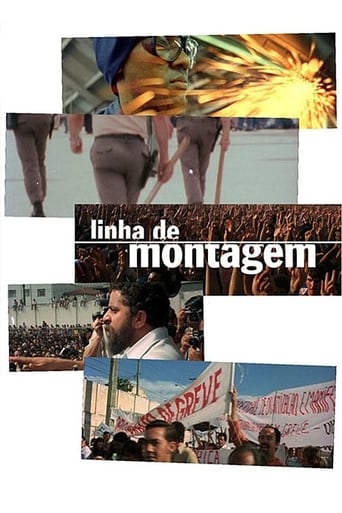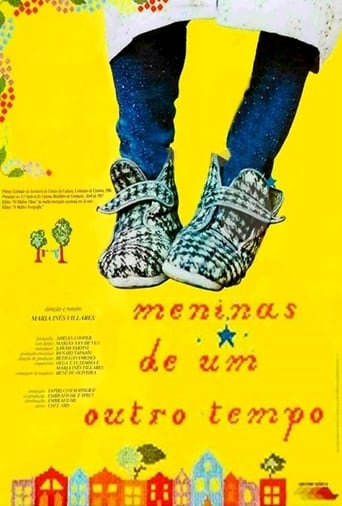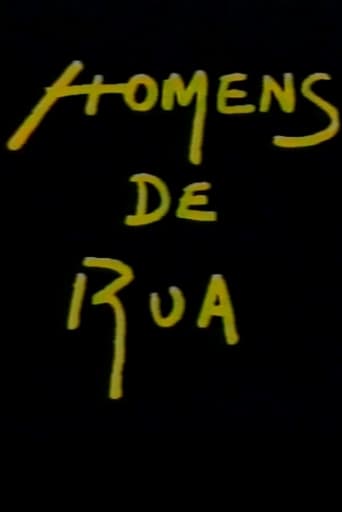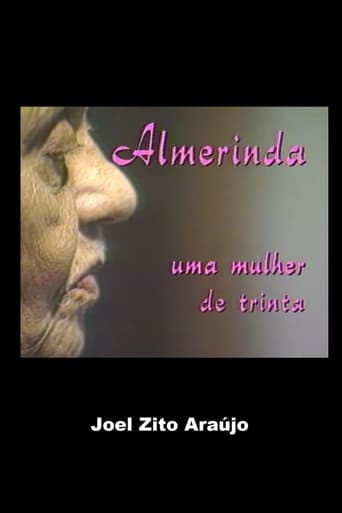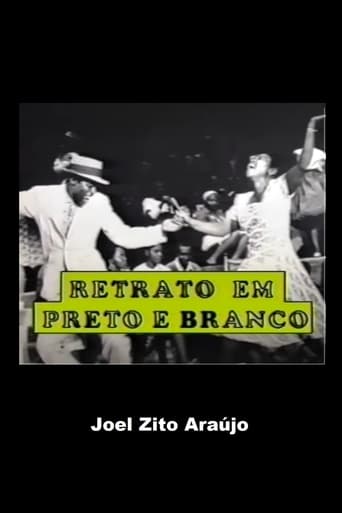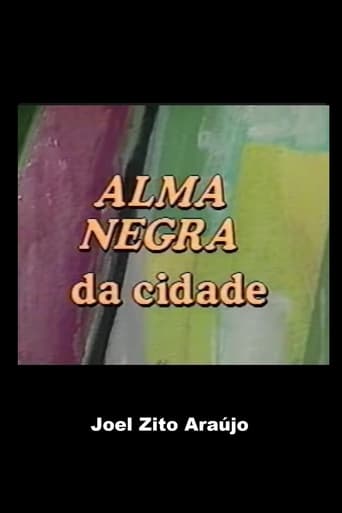Tapiri Cinematográfica
Linha de Montagem 1982
Documentary about the strikes that took place in São Bernardo do Campo, in the State of São Paulo, Brazil, circa 1979/1980. That moment was of utmost importance, since it revealed a Union leader, Luís Inácio "Lula" da Silva, who would later become President of Brazil. It was also the moment when PT, the Workers' Party, became a relevant political force in Brazil.
Retratos de Hideko 1981
Four generations of the Japanese woman: the struggle for survival, the cult of traditions, adaptation to the city and cultural dilution.
Memórias de Classe 1989
Documentary about the daily life and struggle of workers from the 1930s generation in Brazil. Told through the memories of a feminist and four union members, the film shows the different faces of the workers' organization experience at that time, from Vargas' influence to communism, culminating in the common trait of their relationship with the workers' bases.
Nada Será como Antes, Nada? 1984
...discussion of leftist attitudes towards democracy and popular movements; in parallel, a discussion about the role of militant cinema in relation to real political struggles.
A Exceção e a Regra 1997
The film investigates how allegations of racism are handled by the Brazilian justice, reporting the unprecedented story of persistence and dignity of a black man: Vicente do Espírito Santo became an exceptional case for being the first victim of racism to break the siege and arriving victoriously at the Superior Labor Court and at Rede Globo's prime time.
Homens de Rua 1991
The film is close to the experiences of men and women forced to survive on the streets of São Paulo in the early 1990s, a time of deteriorating living conditions for workers, high unemployment and increasing urban poverty. Between approaching the problem as something structural and a sensitive look at the characters, the documentary portrays the lives of people who lost their work, distanced themselves from their affections and saw their identity disintegrate.
Almerinda, Uma Mulher de Trinta 1991
Rescue of the life story of feminist activist from the 1930s, Almerinda Farias Gama, participant in the struggle for the right to vote for women in the 1934 Constitution, and activist of the Brazilian Federation for Female Progress, together with Bertha Lutz.
Retrato em Preto e Branco 1992
The documentary is structured as a video letter from a black man denouncing the persistence of racism in Brazilian society and media, a century after the official end of slavery. Thus, it presents the contradictions between two images of racial relations in Brazil: the image disseminated abroad, which spreads the myth of racial democracy, and the internal image, presented in textbooks and on television, in which negative stereotypes are perpetuated against the black population.
Alma Negra da Cidade 1991
The existence of racial discrimination did not prevent the affirmation of the black community in the urban space of São Paulo. Members of the black community, in intimate accounts, tell their origins, life trajectory, dreams, anxieties and how they see the situation of blacks, 102 years after the supposed abolition of slavery. Black women and men continue to have to fight for minimum rights and recognition of existence. Black resistance is an example of the struggle of oppressed peoples.
Eu, Mulher Negra 1994
Prepared by the team of the Program for Training Black Researchers, The video brings together images and voices that talk about the reproductive health of black women, diseases taking into account the racial/ethnic background, habits, customs, the physical and social environment and the inhuman conditions imposed by racism.
Nossos Bravos 1987
Docudrama on labor mobilizations in the beginning of the 20th century in Brazil, led by union organizations with anarcho-socialist influence. Using fictional resources and historical archives, the film reconstructs an important part of the memory of Brazilian unionism and its biggest strikes, establishing a dialogue between different working generations.

